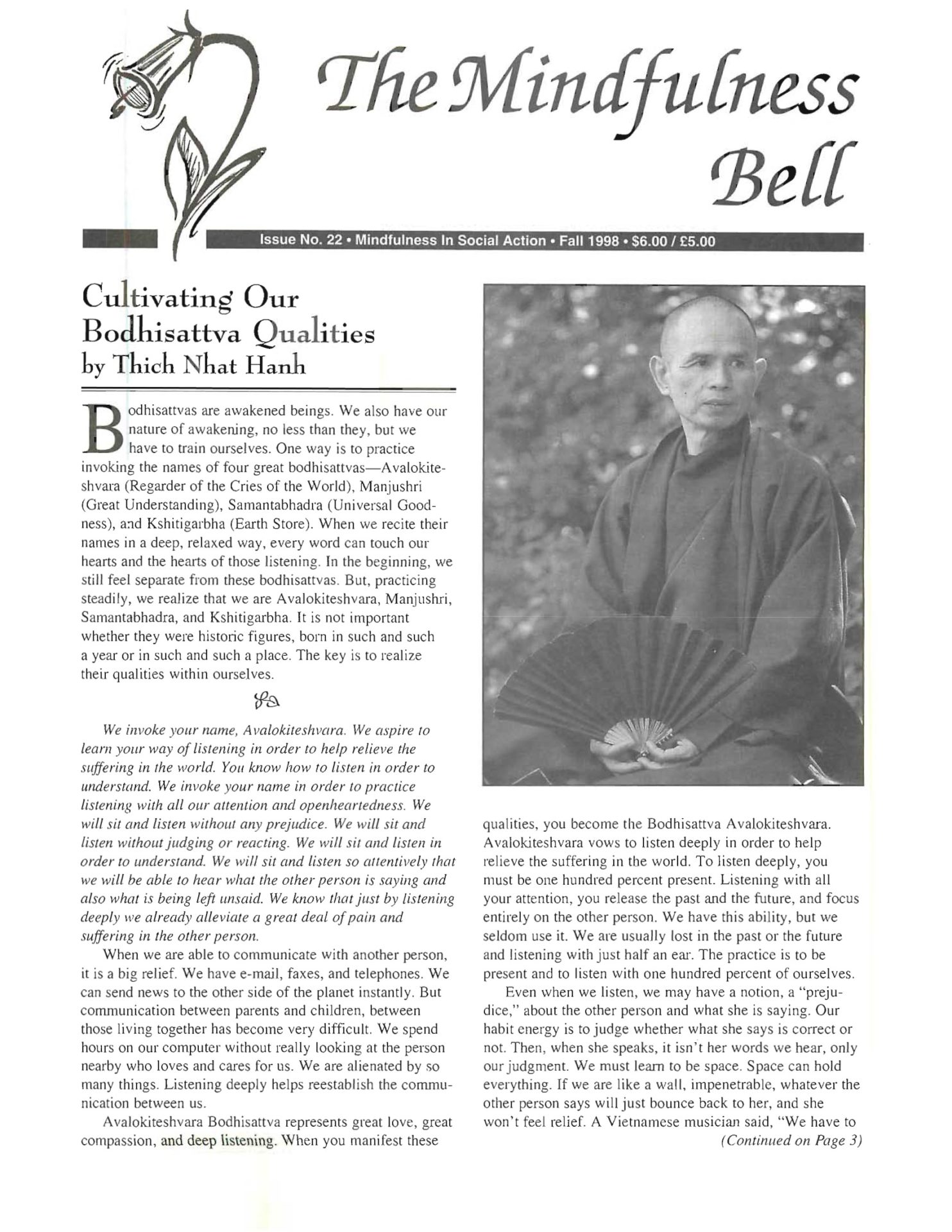By Wendy Johnson
The ancient forests of the maritime Pacific Northwest are the last remaining forests of the temperate zone on the North American continent. The redwood trees here once covered more than two million acres; now less than four percent of the old-growth redwoods remain.
Redwoods are the tallest living creatures on earth. They are infants at 100 years, young adolescents at 500, and mature at 1,000 years of age. The rings on fallen redwood giants reveal that some are 2,500 years old.
By Wendy Johnson
The ancient forests of the maritime Pacific Northwest are the last remaining forests of the temperate zone on the North American continent. The redwood trees here once covered more than two million acres; now less than four percent of the old-growth redwoods remain.
Redwoods are the tallest living creatures on earth. They are infants at 100 years, young adolescents at 500, and mature at 1,000 years of age. The rings on fallen redwood giants reveal that some are 2,500 years old. And yet, even as I write, these extraordinary trees are being cut and milled for lumber.
I remember years ago Thich Nhat Hanh said, "Too many people distinguish between the inner working of our mind and the world outside. These worlds are not really separate. They belong to the same reality." These words have stayed with me over the years and deeply influenced my practice. They remind me steadily how important it is to connect with the world and to practice in a way that engages with the life of the world.
For the last ten years, I have worked to protect old-growth redwood forests, and to replant and sustain young redwood forests. In particular, I have been active with a core group of Dharma friends protecting Headwaters Forest, the last stand of privately-owned old growth redwoods, about 250 miles north of my home.

A little less than a year ago, Banka, a 25-year-old friend who has practiced at Green Gulch Farm and Plum Village, joined the front-line campaign to protest the cutting in Headwaters. She left her monastic Zen practice and moved to the forest. She was one of five young people sprayed with pepper spray by local authorities last year in a nonviolent action in the heart of the redwood empire. When I learned what had happened to Banka, I knew that-without choosing sides-I had to respond more directly to what was happening in the ancient forests.
A few years ago, my Dharma sister, Cynthia Jurs, returned from a pilgrimage to Nepal where she had learned of the ancient Tibetan Buddhist practice of burying an earth treasure vase in endangered, threatened land. Entrusted with a small collection of treasure vases formed by the monks of Thongboche Monastery, Cynthia brought one of these clay vessels to Green Gulch so that we could fill it with prayers and life-enhancing substances and bury it in the Headwaters forest. Cynthia arrived with the vase just after the pepper spray incident.
It was an amazing coincidence. Some of us practicing in the forest had begun to feel that the only response to the violence and plunder of the old groves was to pray for peaceful reconciliation, and in our prayer, to follow Thay's guidelines not to separate the inner work of our minds from the outer world. The treasure vase gave us a real opportunity to manifest our prayers for peace in the old-growth forests with a peaceful, radical action.
Our vase was a round, eight-inch-high clay pot, dressed in colorful silks and ready for work. We took it everywhere to receive prayers, offerings, and blessings for the well-being of the forests and for all beings connected with the forest. The veterans writing group held the vase and so did the warm hands of hundreds of young children. The vase grew heavy with prayers and offerings for the life of the forest. After three months of practice, we made the pilgrimage north to bury the treasure vase. Cynthia had reminded us that there was no set pattern for burying the vase. "Just entrust the vase to the earth and let it do its work," she advised.
In Eureka, California, eight of us left at daybreak with the vase four meditation students from Green Gulch and four front-line forest activists, including our friend Banka. We crossed onto private land and walked illegally on muddy logging roads into the heart of the forest. After many hours of walking, we left the road and skirted a raw, 20-acre clear cut before entering unmarked forest. We passed through 1,000-year-old redwoods to the headwaters of the Elk River. The forest was huge and alive all around us.
Our guides took us to a section of the forest where they had never been. We sat in meditation for a long while before planting the prayer vase. When we had buried the vase, we covered our tracks with redwood duff, the litter of the ages. A slow, timeless rain began to fall. Silently we walked out of the forest. Far behind us, buried in the old forest, the treasure vase began its slow decay, radiating prayer out along the fungal network of the ancient trees.
Dharma Teacher Wendy Johnson, True Compassion Adornment, practices at Green Gulch Zen Center in Northern California, where she teaches organic gardening and meditation, working with children and adults from all walks of life.

